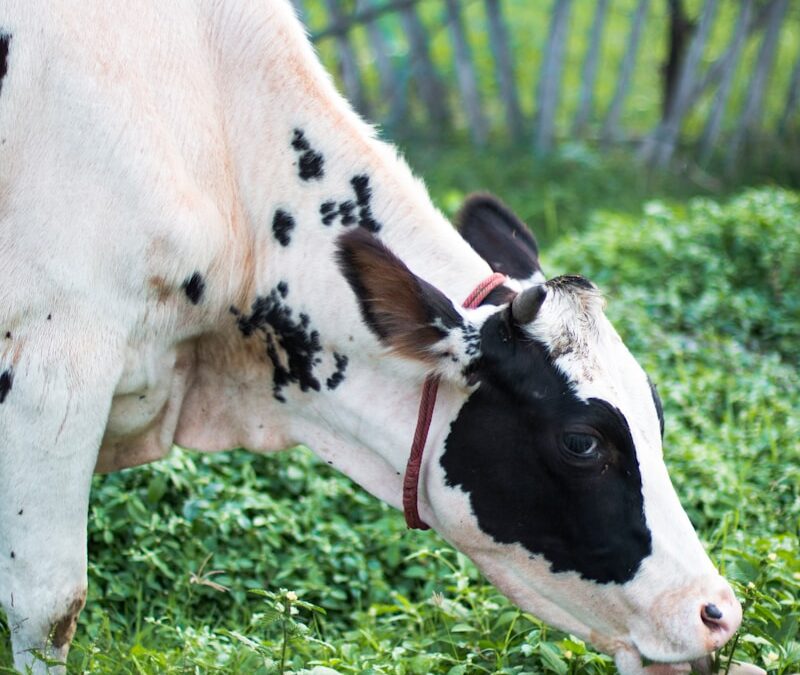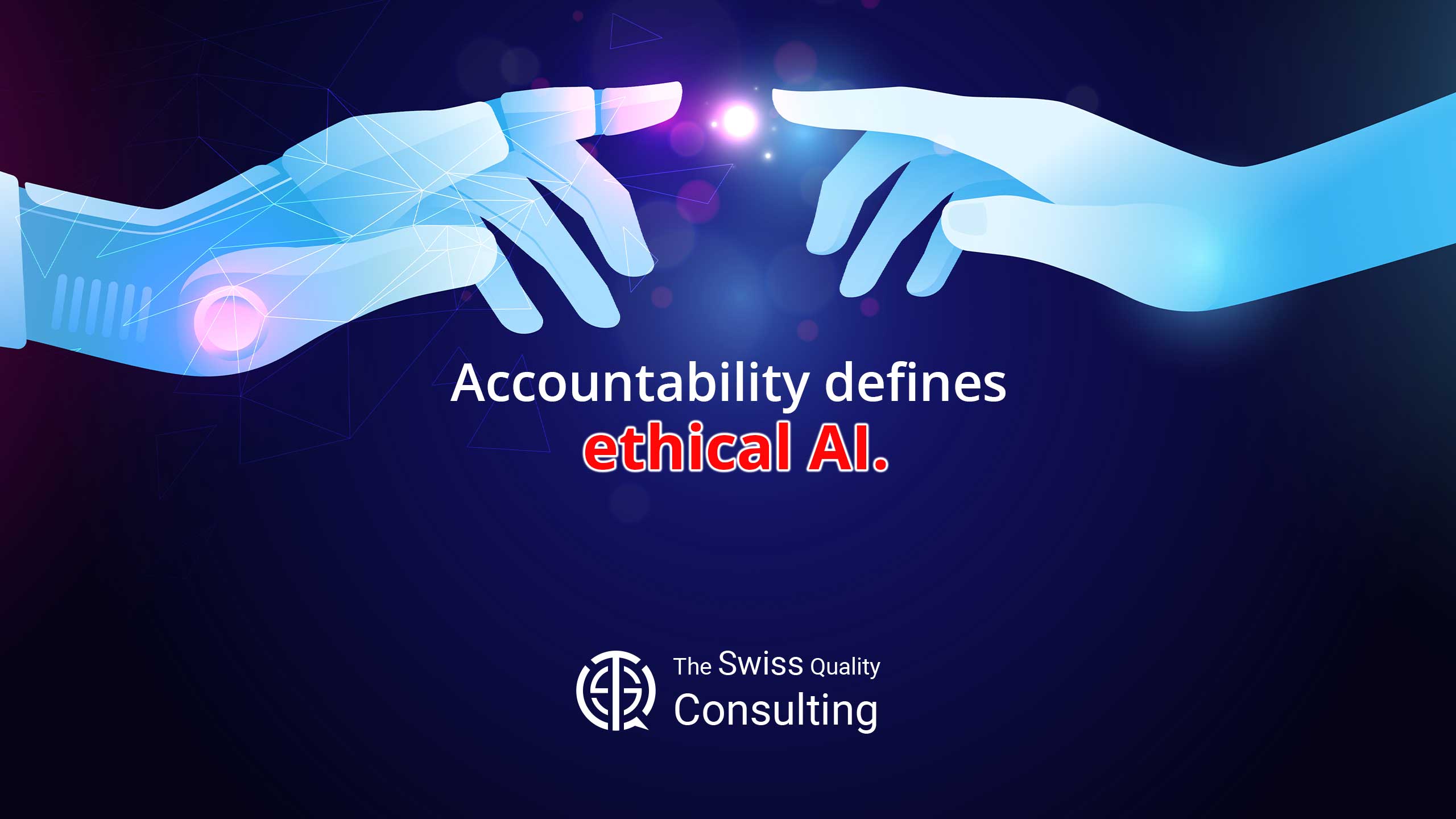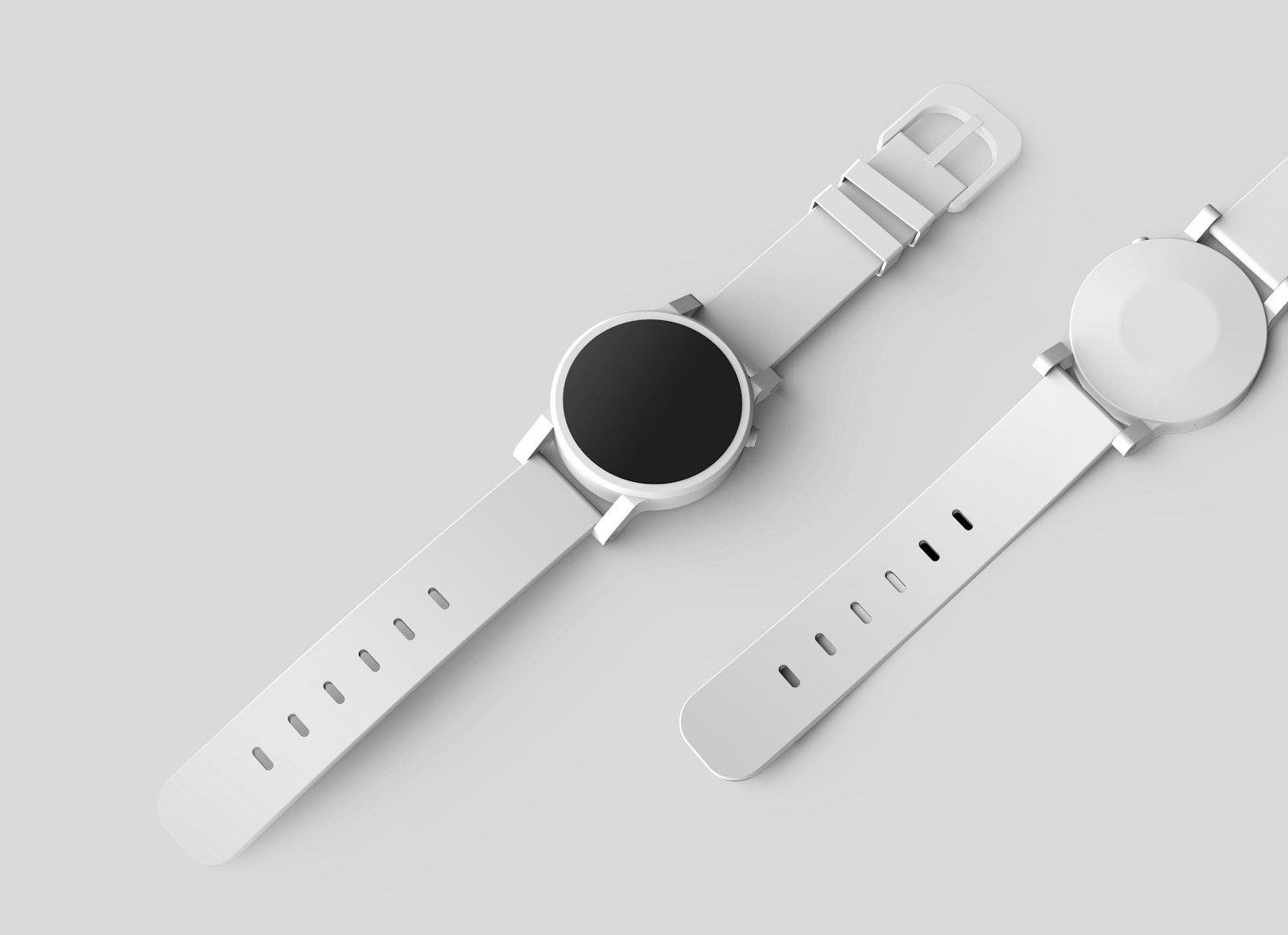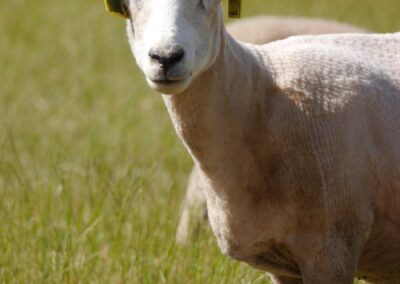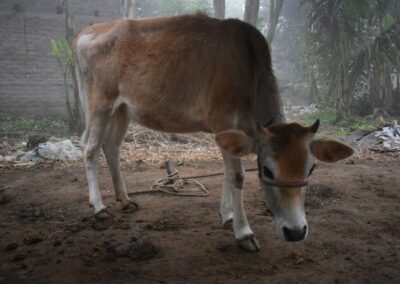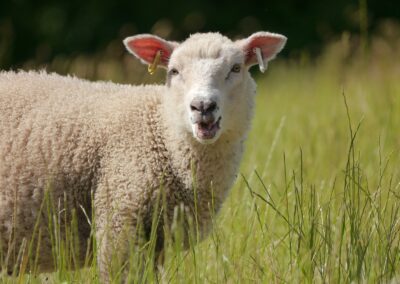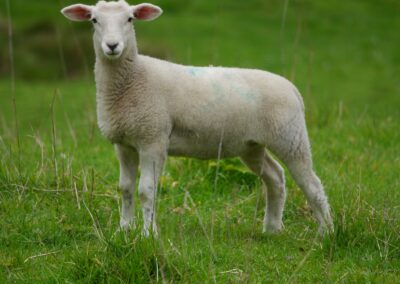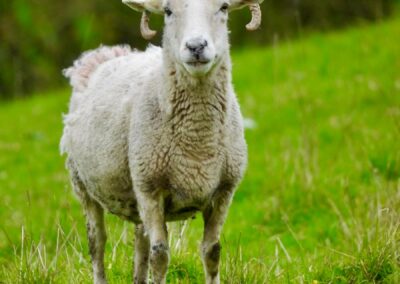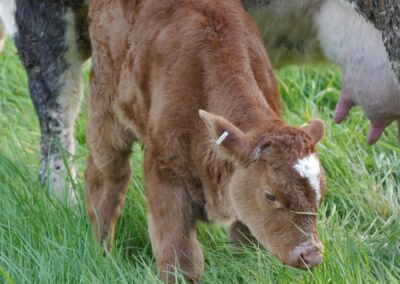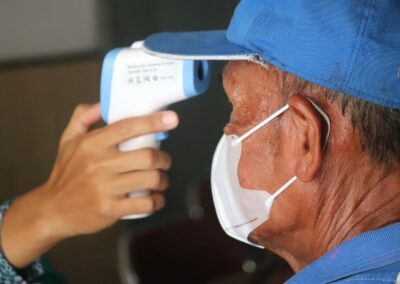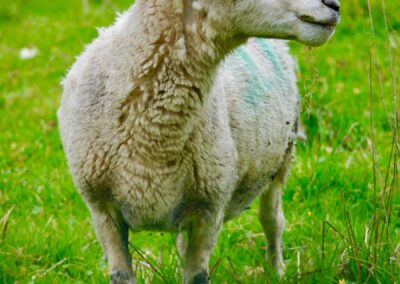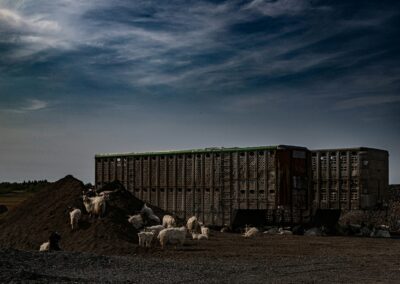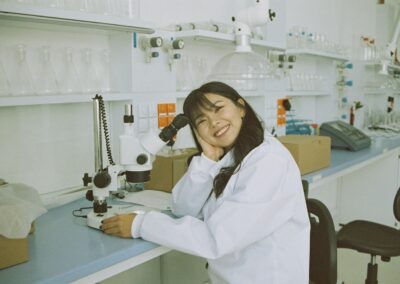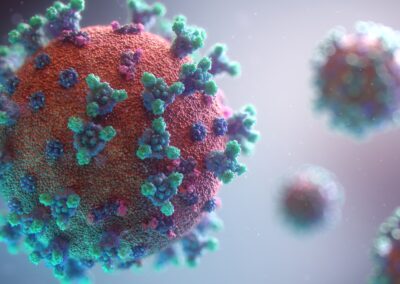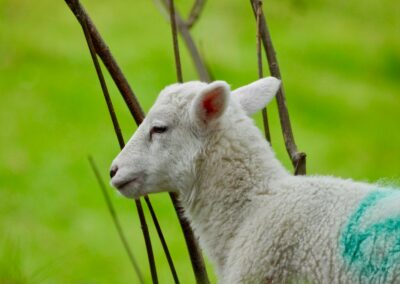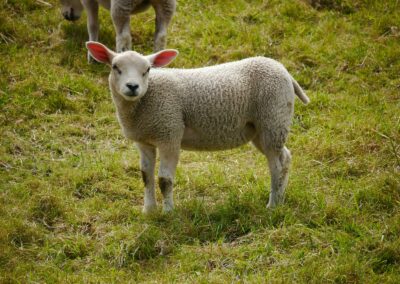Enhancing Livestock Welfare with IoT-Based Environmental Monitoring
IoT-Based Solutions for Livestock Environmental Monitoring: Ensuring Optimal Living Conditions
The implementation of IoT-based solutions for livestock environmental monitoring is revolutionizing the agricultural sector, particularly in regions like Saudi Arabia and the UAE, where maintaining optimal living conditions for livestock is crucial due to the harsh climatic conditions. IoT (Internet of Things) technology provides farmers with real-time data on various environmental factors, such as temperature, humidity, and air quality, both in barns and pastures. This real-time monitoring enables farmers to make data-driven decisions that enhance animal welfare, improve productivity, and ensure sustainable farming practices.
IoT sensors strategically placed in barns and pastures continuously collect data on environmental conditions, including temperature fluctuations, humidity levels, and the presence of harmful gases like ammonia. This data is transmitted in real-time to a central monitoring system, where it can be analyzed and used to maintain optimal living conditions for livestock. For instance, if the temperature in a barn exceeds the ideal range, the system can automatically activate cooling systems or alert the farmer to take corrective action. This level of precision and automation is particularly valuable in extreme climates, where maintaining a stable environment is essential for the health and productivity of livestock.
Moreover, IoT-based solutions provide insights into the quality of air in barns, which is crucial for preventing respiratory issues in animals. By monitoring levels of gases such as ammonia, which can accumulate in enclosed spaces, farmers can take proactive measures to improve ventilation and air quality, ensuring that animals remain healthy and productive. This proactive approach to managing environmental conditions not only enhances animal welfare but also reduces the risk of diseases, leading to lower veterinary costs and improved overall farm profitability.
Improving Farm Efficiency and Sustainability Through IoT Technology
The use of IoT-based solutions for livestock environmental monitoring extends beyond just maintaining optimal living conditions; it also plays a crucial role in improving farm efficiency and sustainability. By providing real-time data on environmental conditions, IoT technology allows farmers to optimize resource use, reduce waste, and enhance the overall sustainability of their farming operations. For example, by monitoring soil moisture levels in pastures, IoT sensors can inform farmers when irrigation is necessary, ensuring that water is used efficiently and sustainably.
In addition, IoT technology enables the automation of various farm processes, further enhancing efficiency. For instance, automated feeding systems can be integrated with environmental sensors to adjust feeding schedules based on the weather conditions or the animals’ activity levels. This ensures that livestock receive the right amount of feed at the right time, reducing waste and optimizing feed conversion rates. In regions like Riyadh and Dubai, where water and feed resources are often limited, this level of precision is essential for maintaining a profitable and sustainable farming operation.
Furthermore, IoT-based environmental monitoring supports better decision-making by providing farmers with accurate, real-time data on the conditions in barns and pastures. This data can be used to identify trends, predict potential issues, and make informed decisions that improve farm management. For example, by analyzing historical data on temperature and humidity levels, farmers can identify patterns and implement preventive measures to avoid heat stress in livestock during the hottest months of the year. This proactive approach not only improves animal welfare but also enhances the resilience of the farm to changing environmental conditions.
Conclusion: The Future of Livestock Farming with IoT-Enabled Monitoring
In conclusion, the adoption of IoT-based solutions for livestock environmental monitoring represents a significant advancement in modern agriculture. By providing real-time data on environmental conditions, these solutions enable farmers to maintain optimal living conditions for their livestock, enhance farm efficiency, and promote sustainability. For farmers in Saudi Arabia, the UAE, and other regions embracing smart farming technologies, investing in IoT-enabled monitoring systems is a strategic move that will drive the future of livestock farming.
As IoT technology continues to evolve, its applications in agriculture will expand, offering new opportunities for innovation and improvement. The future of livestock farming lies in the ability to monitor and manage environmental conditions with precision, ensuring that animals are raised in the healthiest and most productive environments possible. By embracing IoT-based solutions, farmers can ensure that they are not only meeting the demands of today’s agricultural challenges but are also preparing for a more sustainable and profitable future.
—
#SmartFarming, #IoTLivestockMonitoring, #AnimalWelfare, #PrecisionAgriculture, #SustainableFarming, #SaudiArabiaAgriculture, #UAETech, #IoTInAgriculture, #LivestockManagement, #FarmEfficiency

